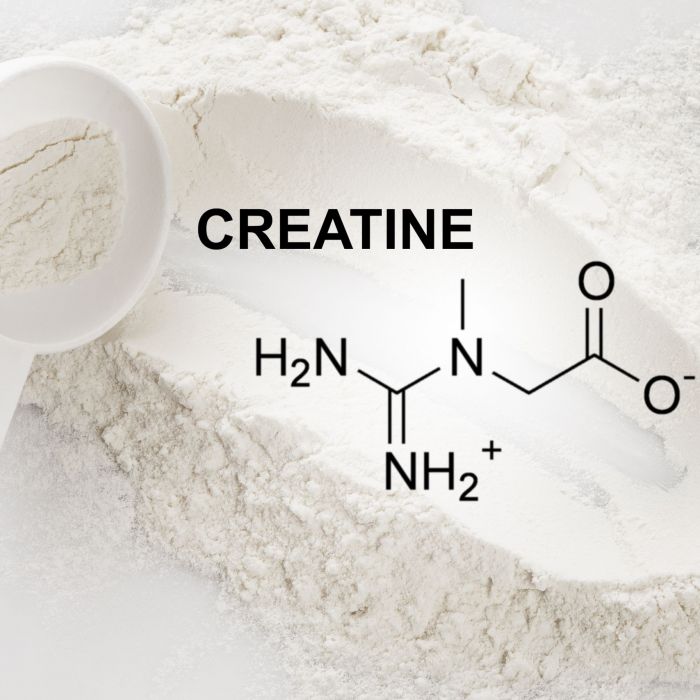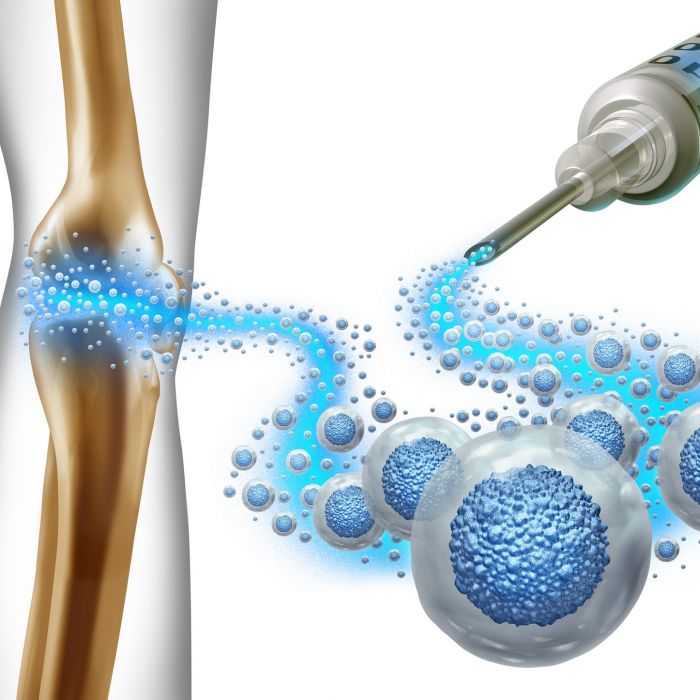In the relentless pursuit of individual health and well-being, terms like “fat burning” and “fat loss” get thrown around quite liberally. While they may seem like interchangeable parts of the weight loss equation, there’s a crucial distinction between the two. Understanding this difference empowers you to make informed choices and optimize your weight management journey.
Fat Burning is the Body’s Fuel Factory
Think of fat burning as the process by which your body uses stored fat (triglycerides) for energy. This intricate metabolic dance happens continuously, even when you’re at rest. Your body constantly breaks down and utilizes a mix of energy sources – carbohydrates, protein, and fat – to fuel your daily activities. Factors that influence fat burning include:
- Diet: The composition of your diet significantly impacts the body’s preferred fuel source. A high-carb diet prioritizes carbohydrates for energy, while a low-carb diet can nudge the body towards burning more fat.
- Exercise: Physical activity, especially high-intensity workouts, depletes readily available glucose stores, prompting the body to tap into fat reserves for sustained energy.
- Hormones: Hormones like insulin and glucagon play a critical role in regulating fat storage and utilization. Lower insulin levels can promote fat burning, while elevated levels can favor fat storage.
Misconceptions About Fat Burning
Fat burning, by itself, doesn’t guarantee fat loss. Imagine your body as a bank with multiple accounts – carbs, protein, and fat. Fat burning simply signifies activity in the “fat account.” You might be burning a lot of fat, but if you’re constantly depositing more calories (through food intake) than you’re withdrawing (burning through activity), your overall fat stores won’t decrease. This is where the concept of fat loss comes in.

Fat Loss is the Ultimate Goal
Fat loss, the holy grail of weight management, refers to a reduction in your total body fat mass. This happens when your body is in a calorie deficit, meaning you’re burning more calories than you’re consuming. Imagine the “fat account” mentioned earlier. In a calorie deficit, you’re withdrawing more calories than you’re depositing. This forces the body to dip into its stored fat reserves to meet its energy needs, leading to a decrease in overall fat mass.
There’s no one-size-fits-all approach to achieving a calorie deficit. Some common strategies are:
- Medical Weight Loss: Advances in medical discovery have led to new weight loss medications, including semaglutides (like Wegovy™) and tirzepatides (like Mounjaro™). Studies have shown these medications, when taken under a doctor’s supervision, to be effective in curbing appetite and weight reduction.
- Diet Modification: Reducing calorie intake through portion control, mindful eating, and choosing lower-calorie foods helps create a deficit.
- Exercise: Engaging in regular physical activity increases calorie expenditure, contributing to the deficit.
The Synergy of Fat Burning and Fat Loss
Here’s where things get exciting. While fat burning doesn’t guarantee fat loss, certain strategies can optimize both processes simultaneously. While restricting calories is essential, the quality of those calories matters. Including enough protein helps preserve muscle mass, which contributes to a higher metabolic rate (the rate at which your body burns calories at rest). Additionally, incorporating healthy fats can promote satiety and potentially reduce overall calorie intake.
Exercise is also an important component. Combining cardio with strength training is a winning formula. Cardio burns calories during exercise, while strength training builds muscle, which in turn, increases your basal metabolic rate, boosting calorie burning even at rest.
Optimizing Your Weight Management Journey
Weight loss is a marathon, not a sprint. You can celebrate non-scale victories like increased energy levels and improved body composition while working toward your weight loss goals. Consistency and a commitment to healthy habits are key to achieving your weight loss goals and maintaining a healthy lifestyle.
Understanding the distinction between fat burning and fat loss empowers you to make better choices for your health. Here are some key takeaways:
- Focus on Fat Loss: While fat burning is a natural process, prioritize creating a calorie deficit through diet and exercise for sustainable weight loss.
- Embrace a Holistic Approach: Focus on adopting healthy habits like a balanced diet, regular exercise, and adequate sleep. These lifestyle changes promote lasting weight management and overall well-being.
- Seek Professional Guidance: Consulting a medical professional can help you create a personalized plan for safe and effective weight loss. Contact Age Rejuvenation today to schedule an appointment with one of our weight loss experts.








